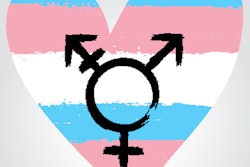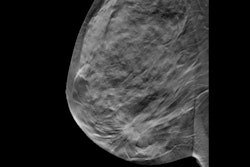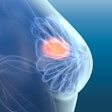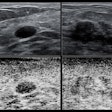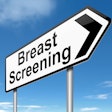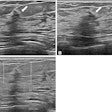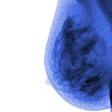Transgender and gender-diverse (TGD) breast cancer patients are more likely to be diagnosed with ductal carcinoma in situ (DCIS) and be younger compared with their cisgender counterparts, according to research published May 22 in JAMA Oncology.
A team led by Chandler Cortina, MD, from the Medical College of Wisconsin in Milwaukee also found that transgender women are less likely to receive endocrine therapy for hormone receptor (HR)-positive breast cancers and postmastectomy breast reconstruction.
“This information tells us that there are clear breast cancer treatment and outcome disparities in the [transgender] population and that there is much opportunity to improve outcomes through evidence-based gender-specific screening and treatment guidelines,” Cortina told AuntMinnie.
Data are sparse when it comes to breast cancer screening and care for transgender and gender-diverse patients. Most data come from European studies, and trans women face a strong social stigma when it comes to healthcare.
Chandler and colleagues conducted what they called the first large cohort study in the U.S. of TGD patients with breast cancer, comparing data from this population to that of cisgender breast cancer patients. They collected data from the National Cancer Database, focusing on patient sociodemographic and tumor characteristics, treatment, and overall survival.
The study included data from 4,376,089 patients. Of these, 4,338,258 (99.1%) were cisgender female, 37,579 (0.9%) were cisgender male, and 252 (0.006%) were TGD. TGD patients had a median age of 51.
Compared with unmatched cisgender patients (n = 252), TGD patients were more often assigned male at birth and more likely to be 40 years or younger (odds ratio [OR], 3.41). TGD patients also had a higher percentage who were diagnosed with DCIS compared with cisgender women (22.2% versus 15.9%).
And when compared with matched cisgender patients (n = 211), TGD patients were 50% less likely to receive endocrine therapy for HR-positive disease (OR, 0.5) and 80% less likely to undergo postmastectomy breast reconstruction (OR, 0.21).
TGD patients also had a median follow-up period of 57.7 months and a lower five-year overall survival compared with cisgender patients (84.6% vs. 91.7%; p = 0.04). This trend persisted when excluding patients with unknown sex assigned at birth (84.1% vs. 93.9%; p = 0.03), the researchers found.
Cortina said that the study data provides insight for patients and clinicians in deciding on how to best individualize breast cancer care to maximize survival in TGD patients.
“They also tell us there is much research and work needed to understand the complexities around gender-affirming hormone therapy and endocrine therapy for TGD patients with HR-positive breast cancer so clinicians can improve outcomes while maintaining a TGD individual’s overall health and wellbeing,” he told AuntMinnie.
Cortina added that the researchers will next focus on a granular multicenter cohort looking at how breast cancer is detected in TGD patients and how gender-affirming hormones and surgery may influence risk and outcomes, as well as examine breast cancer-specific survival in TGD patients. These are all limitations of the National Cancer Database.
“We are also planning to perform subsequent analyses with the [database] examining prostate cancer in the TGD population as well as breast cancer amongst intersex individuals,” Cortina said.
The full study can be accessed here.






